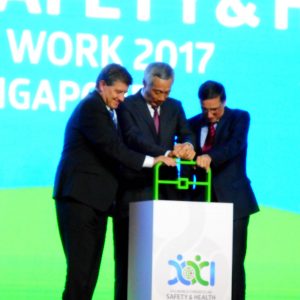 Workplace injury statistics are always less than reality as they are based on the number of workers’ compensation claims lodged with occupational health and safety (OHS) regulators or insurance agents. The nature of occupational illnesses is that there may be many years before their presence is physically identified making them more contestable by insurers and less likely to appear in compensation data. The frustration with this lack of data was voiced on November 13 2017 in an article in the Medical Journal of Australia (not publicly available).
Workplace injury statistics are always less than reality as they are based on the number of workers’ compensation claims lodged with occupational health and safety (OHS) regulators or insurance agents. The nature of occupational illnesses is that there may be many years before their presence is physically identified making them more contestable by insurers and less likely to appear in compensation data. The frustration with this lack of data was voiced on November 13 2017 in an article in the Medical Journal of Australia (not publicly available).
A summary of the research article includes this alarming statistic:
“Occupational exposures are an important determinant of respiratory health. International estimates note that about 15% of adult-onset asthma, 15% of chronic obstructive pulmonary disease and 10–30% of lung cancer may be attributable to hazardous occupational exposures.”


 At Australia’s
At Australia’s  Industrial manslaughter laws passed through the Queensland Parliament on October 12 2017. The debate about the laws on that day is an interesting read as it illustrates some of the thoughts about workplace safety in the minds of policy decision makers, business owners, industry associations, trade unions and safety advocates.
Industrial manslaughter laws passed through the Queensland Parliament on October 12 2017. The debate about the laws on that day is an interesting read as it illustrates some of the thoughts about workplace safety in the minds of policy decision makers, business owners, industry associations, trade unions and safety advocates. The Queensland Government is in the middle of a debate in Parliament and the media about the introduction of
The Queensland Government is in the middle of a debate in Parliament and the media about the introduction of 